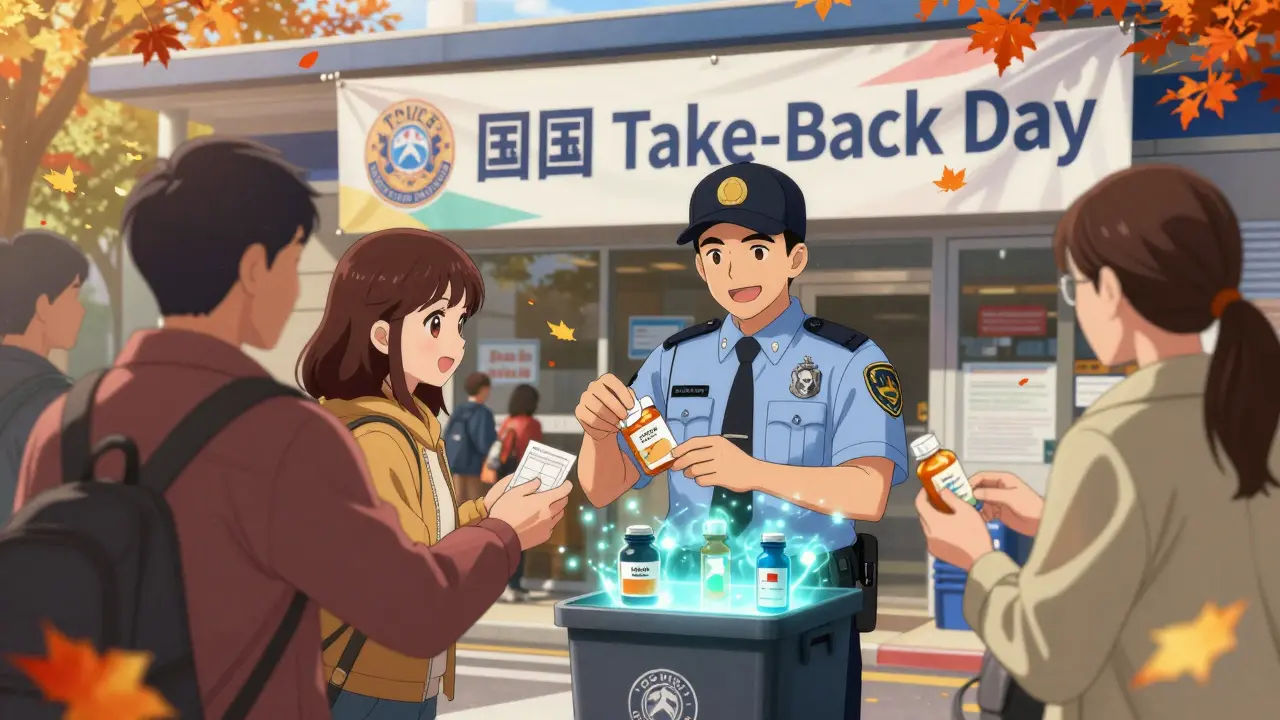Nexium (esomeprazole): Clear Facts, Real Tips
If heartburn, reflux or frequent stomach acid slow you down, Nexium is one of the common fixes doctors reach for. It’s a proton pump inhibitor that reduces acid production so your throat and tummy can heal.
Know the basics: doses, time to work, and when to call your clinician. OTC Nexium usually comes as 20 mg for short 14 day courses; prescription versions can be 40 mg or used longer under guidance.
How to use it safely
Take Nexium before a meal, ideally 30 to 60 minutes before breakfast, so it blocks acid when your stomach ramps up. Swallow capsules whole; do not crush or open delayed-release forms. Common side effects are mild: headache, diarrhea, nausea, or stomach pain.
Watch for interactions and long-term issues
Nexium can change how your body handles other drugs. It affects absorption of medicines like clopidogrel, some antifungals, and certain HIV drugs — tell your provider about everything you take. Long-term use may raise risks for low magnesium, bone fractures, and B12 deficiency; check with blood tests if you’re on it for months.
Want a cheaper option? Generic esomeprazole works the same and is widely available. For mild, occasional heartburn try lifestyle moves first: cut late-night meals, drop smoking, lose extra weight, and avoid trigger foods like fatty or spicy meals.
Buying online? Use verified pharmacies, read reviews, and avoid sites that don’t require a prescription for prescription strengths. Check seals like pharmacy accreditation and confirm contact info before you order.
When to see help now: severe chest pain, trouble breathing, sudden weakness, signs of severe allergic reaction, or uncontrollable vomiting. If heartburn doesn’t improve after two weeks of OTC use or comes back often, book an appointment to rule out ulcers, H. pylori, or reflux complications.
Quick tips: keep a simple symptom diary, take meds at the same time daily, and don’t stop long-term treatment suddenly. If you need repeat prescriptions, ask your clinician about stepping down to the lowest effective dose or trying on-demand therapy.
Nexium helps many people get relief and heal, but smart use matters. Talk openly with your provider, read the leaflet, and treat the cause not just the symptom.
Pregnancy and breastfeeding: tell your doctor—while short-term use is often considered when needed, your provider will weigh risks and benefits. Children and older adults may need dose adjustments; kidney or liver disease needs extra care.
If you’re on blood thinners or have low magnesium history, ask for blood monitoring and a medication review. Side effect red flags include severe abdominal pain, persistent diarrhea, black stools, or yellow skin—seek care fast.
Want to compare brands or pharmacies? Use our site reviews and pharmacy guides to find reliable sellers and read user experiences. Keep prescriptions current and always verify seller credentials before shipping. Questions? Talk to your pharmacist or doctor — they can tailor choices to your health and other meds.
Start with the lowest effective dose and track how you feel. Your gut will thank you.
Nexium: Uses, Side Effects, and What You Need to Know About Acid Reflux Relief
Get a straight-talk take on Nexium, the popular medication for acid reflux and heartburn. Here's what it does, how it works, what side effects to watch for, and tips for using it safely. Whether you take it daily or occasionally, this article covers facts, real-world advice, and answers to the questions you might be afraid to ask your doctor.






